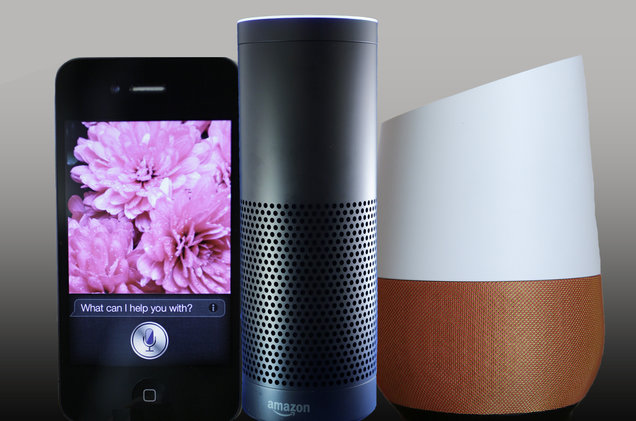With Alexa, Siri, Google Home and Echo all listening in, the market for voice recognition software is heating up. We recently talked with Michael Sullivan, BCC Research senior editor, and the author of Global Markets and Technologies for Voice Recognition to see what we can expect in the near future from this technology.
Voice Recognition software has been around for a while, but it seems there is a heightened interest in it right now. What’s driving this interest?
The technology has advanced significantly in recent years – getting ever closer to the recognition and precise interpretation of human speech. Innovations across many areas of voice and speech technology and enabling manufacturers to create systems that embed speech recognition in a growing number of devices and applications. Voice-enabled smart phones, game consoles, automobile navigation, set top boxes and related home entertainment systems are just a few of the devices where voice recognition has become ubiquitous over the last few years. In the enterprise and
healthcare sectors, voice recognition technologies are allowing doctors, soldiers and other users to accomplish more in less time.
Are there any remaining obstacles to widespread adoption of VR by the public?
While there have been breakthroughs in voice recognition that are increasingly driving it into the mainstream, the quality of the applications remains a work in progress. A number of advances will likely impact the market during the forecast years of 2016 to 2021. Two parallel technologies are expected to drive the quality and ubiquity of voice recognition: the application of speech modeling using today's advanced and affordable computing power, as well as the advent of
cloud-based applications that allow developers to build voice-enabled interfaces on any application, devices or website without requiring advanced natural language processing.
What is the biggest opportunity in the field? Which players will benefit?
Massive computing power will allow better contextualization and artificial intelligence learning to improve recognition, while the delivery systems for voice applications will become even more efficient. Ultimately, voice recognition will become more ubiquitous — beyond mainstream — and as it does so, its artificial intelligence and analytic components will become more “knowledgeable” and boast superior quality. Manufacturers continue to innovate by incorporating these advances into their products.
What will the industry look like in 10 years?
As voice recognition advances in quality and capability, it will increasingly be integrated with “smart” ecosystems of devices and networks, creating a new interface into a new world of intelligent machines. These will continue to enhance and augment human tasks to the point where voice will replace other inputs as the common user interface. At home, at work and across public infrastructure, your voice will be the key to unlocking security, privileges or implementing simple tasks as well as for entertainment and information sharing.



